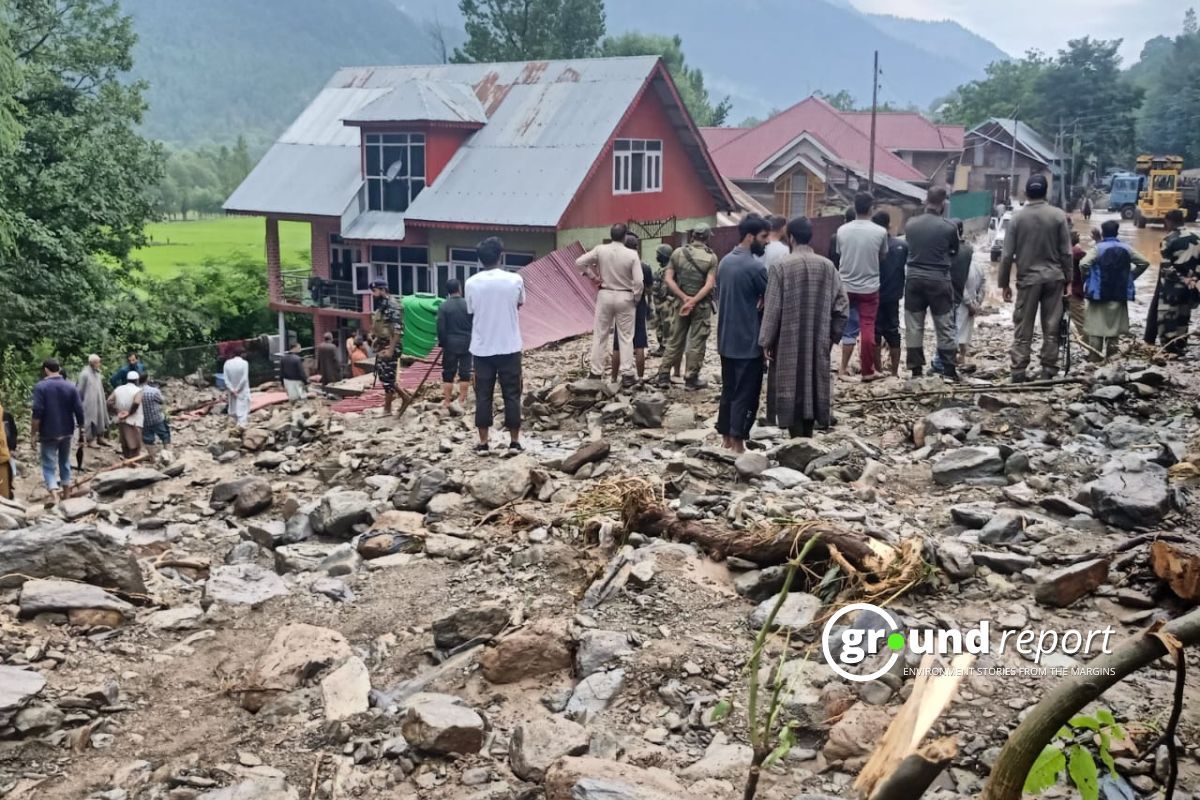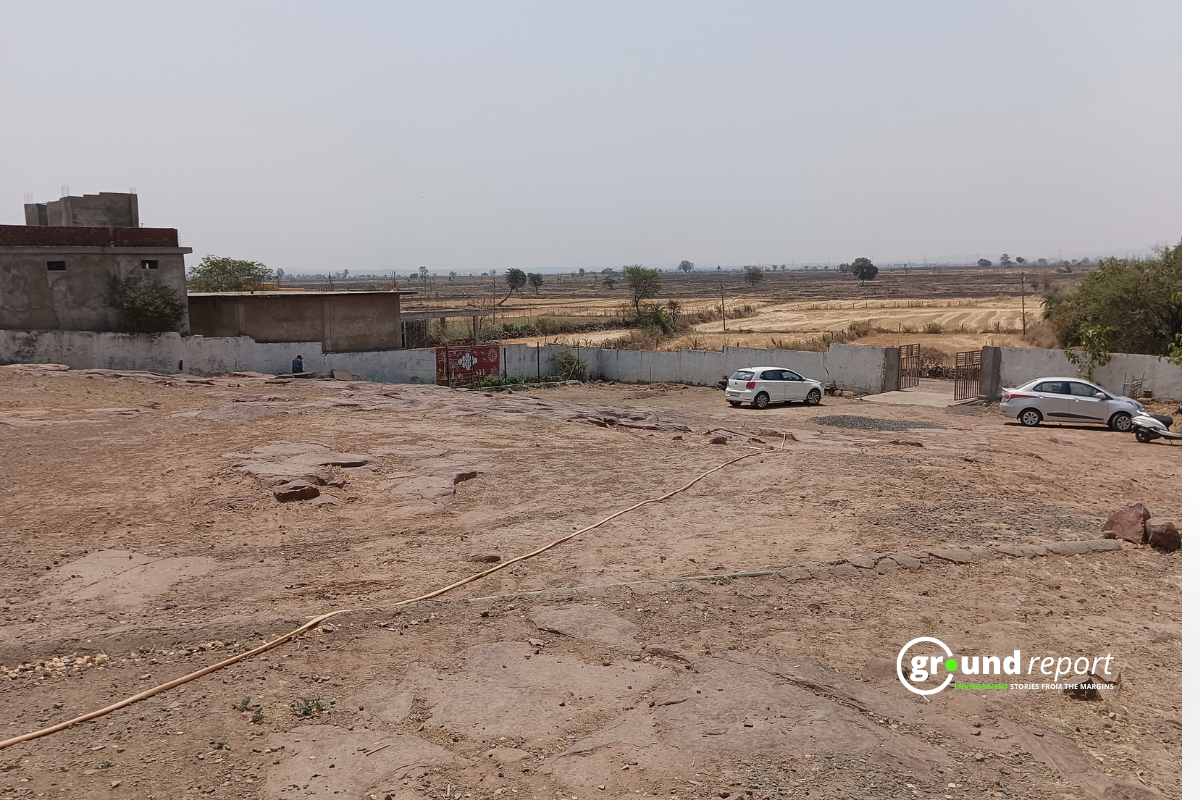As the world watches the tragedy in the Italian Alps, another one manifests itself a few kilometers away on the Austrian side: the snow at the Sonnblick meteorological observatory, the highest in the world at 3,600 meters, is expected to melt completely in the next days.
Highest meteorological
The depth of the snow this Wednesday was 3 centimetres, this Thursday the observatory reports that it is .1 centimetres.
This would mean a record date of melting that has generated alarm and consternation from scientists at the observatory located in the central Alps of Austria. Throughout June, snow has been at the lowest levels since records began in 1938.
Seasonal snow has never melted before August 13 (which happened in 1963 and 2003) at the observatory, in fact there are years when snow covers the site all summer. The observatory publishes the snow level every 10 minutes along with other data. Rain affects the measurements, but the steady downward trend is clear, and as of Tuesday, the snow had been reduced to just a couple of centimetres.
Sonnblick was built in 1886 for scientists to explore the higher levels of the atmosphere. Since then it has been used by meteorologists to forecast the weather. The Sonnblick Observatory is located in the core area of the Hohe Tauern National Park. The observation station is busy all year round and has only been unattended for four days since its establishment in 1886. The mountain observatory provides climatic data from an old and quite reliable series.
Melted alps
In the last 20 years, glaciers in the Alps have lost 17% of their ice due to global warming. This situation has recently drawn attention due to the detachment of the glacier in Marmolada (Italy) that until this Wednesday has left nine people dead. In Sunday’s avalanche at the peak of the Dolomites, more than 3,300 meters high in the Italian Alps, up to 12 people are feared dead.
The data show that there is an acceleration of temperature in a process resulting from climate change. This implies a loss of water reserves that the glacier releases in the summer, but also an increase in runoff due to melting that could cause serious flooding. The behaviour of glaciers is unpredictable, however, this rapid disappearance of glaciers in the Alps is of concern to the scientific community.
We know that our planet’s temperatures are increasing and that ice around the world is melting, but how warmer temperatures impact ice structures in mountains is complex. Multiple factors make glaciers weaker and more likely to cause avalanches.
Scientists have warned that the loss of ice and snow in the Alpine area is widespread. Different solutions to this phenomenon have been tried, such as covering glaciers with tarpaulins to prevent ice loss in Switzerland, but this does not present a real solution.
Keep Reading
Part 1: Cloudburst in Ganderbal’s Padabal village & unfulfilled promises
India braces for intense 2024 monsoon amid recent deadly weather trends
Support us to keep independent environmental journalism alive in India.
Follow Ground Report on X, Instagram and Facebook for environmental and underreported stories from the margins. Give us feedback on our email id greport2018@gmail.com.
Don’t forget to Subscribe to our weekly newsletter, Join our community on WhatsApp, and Follow our YouTube Channel for video stories.







